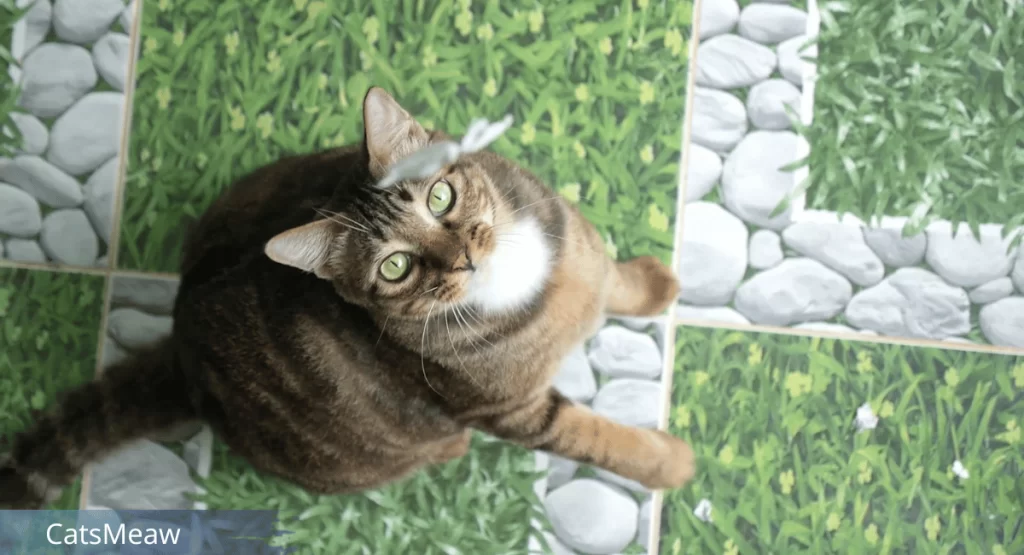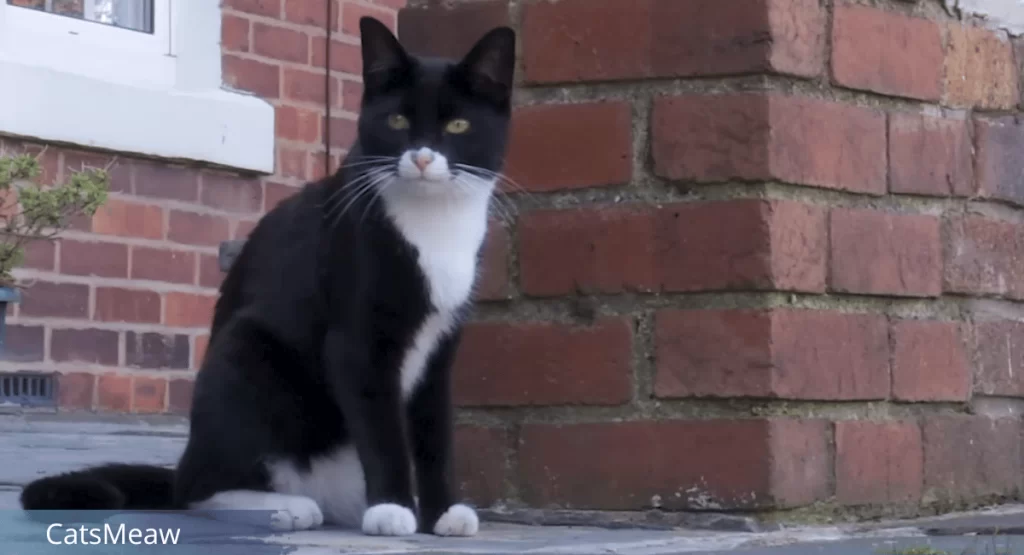As a cat owner, one of the biggest debates you may face is whether or not to let your feline companion roam freely outdoors. Some argue that cats are natural explorers and should be given the opportunity to experience the great outdoors. Others believe that the risks and dangers of letting cats outside world are too great for our beloved pets.

While the decision ultimately lies with you, it is important to understand the potential risks and take necessary precautions to ensure your cat’s safety.
Table of Contents
Understanding the risks of Letting Cats Outside
Before making a decision, it is crucial to be aware of the risks involved in letting cats roam freely outdoors. Cats face a variety of dangers, such as traffic accidents, encounters with aggressive animals, exposure to diseases, and the risk of getting lost or stolen. Additionally, outdoor cats are more prone to injuries from fights, falls, or accidental poisoning.
Our pick: Cats Outdoor Playground
It is also important to note that outdoor cats pose a threat to local wildlife, as they are natural hunters. Consider these risks carefully before deciding whether or not to allow your cat outside.
Preparing your cat for outdoor adventures
If you decide to let your cat explore the outdoors, it is essential to prepare them properly. Start by ensuring they are up to date on vaccinations and have been spayed or neutered. This will help protect them from diseases and reduce the likelihood of unwanted litters.
It is also crucial to microchip your cat and have them wear a collar with identification tags, including your contact information. This will increase the chances of finding them if they ever get lost. Finally, consider discussing your decision with your veterinarian, who can provide further guidance on keeping your cat safe and healthy outdoors.
Creating a safe outdoor environment for your cat
To minimize the risks, it is important to create a safe and secure outdoor environment for your cat. This can be achieved by setting up a catio, which is an enclosed outdoor space that allows your cat to experience the outdoors while remaining protected.
Related: Best Interactive Toys for Indoor Cats
Catios can be built in your backyard or on a balcony, providing a controlled and secure area for your cat to explore. Alternatively, you can create a secure outdoor enclosure or invest in a cat harness and leash for supervised outdoor time. Whichever option you choose, ensure that the area is escape-proof and free from hazards.
Training your cat to come back indoors
One of the most important aspects of letting cats outside is training them to come back indoors when called. This is crucial for their safety and your peace of mind. Start by teaching your cat to associate a specific sound or word with feeding time. Use this sound or word when it’s time for them to come inside. Reward them with treats or praise when they respond to the cue.
Gradually increase the distance between you and your cat when calling them, reinforcing their understanding of the command. With patience and consistency, your cat will learn to come back indoors when you call them, ensuring their safety and freedom.
Monitoring your cat’s outdoor activities
Even if you have created a safe outdoor environment for your cat, it is important to monitor their activities. Keep an eye on their behavior and any changes in their routine. Regularly check for injuries, ticks, or other signs of illness. Ensure that they have access to clean water and shade, especially during hot weather. Supervise their interactions with other animals to prevent fights or injuries. By staying vigilant and attentive, you can quickly identify and address any issues that may arise during your cat’s outdoor adventures.
Tips for preventing common outdoor hazards for cats
While it is impossible to eliminate all risks, there are steps you can take to minimize common outdoor hazards for cats. Keep your cat away from busy roads by installing barriers or fencing. Use cat-safe plants in your outdoor environment, avoiding toxic ones that could harm your pet. Remove any potential hazards, such as chemicals, sharp objects, or poisonous substances.

Regularly check the perimeter of your outdoor space for any gaps or weak spots that may allow your cat to escape. By being proactive and diligent, you can significantly reduce the chances of accidents or injuries.
The benefits of supervised outdoor time for cats
Supervised outdoor time can provide numerous benefits for your cat. It allows them to engage in natural behaviors, such as exploring, climbing, and hunting. Outdoor time can also provide mental stimulation, reducing the risk of boredom and behavioral issues.
Related: The 10 Most Common Cat Diseases
Exposure to sunlight can promote the production of vitamin D, essential for your cat’s overall health. Additionally, outdoor time can help your cat maintain a healthy weight by encouraging physical activity. By carefully supervising your cat’s outdoor adventures, you can provide them with a balanced and enriched life.
Alternatives to letting cats outside
If you decide that letting cats outside is not the right choice for you and your pet, there are alternative options to consider. Indoor enrichment, such as interactive toys, scratching posts, and window perches, can provide mental and physical stimulation. Establishing a daily routine of playtime and exercise can also help fulfill your cat’s natural instincts.
If your cat enjoys the outdoors, consider creating a safe enclosed space or using a cat harness and leash for supervised outdoor time. Remember, the most important thing is to provide a stimulating and safe environment for your cat, regardless of whether they go outside.
Conclusion: Finding the right balance for your cat
The decision of letting cats outside is a personal one, and there is no one-size-fits-all answer. It is important to carefully weigh the risks and benefits, considering your cat’s individual needs and personality. If you choose to let your cat explore the great outdoors, take the necessary precautions to ensure their safety, such as vaccinations, identification, and a secure outdoor environment.
Monitor their activities and be prepared to intervene if necessary. If you decide that keeping your cat indoors is the best choice, provide them with a stimulating and enriched environment. Ultimately, finding the right balance between safety and freedom is essential for the well-being of your beloved feline companion.
